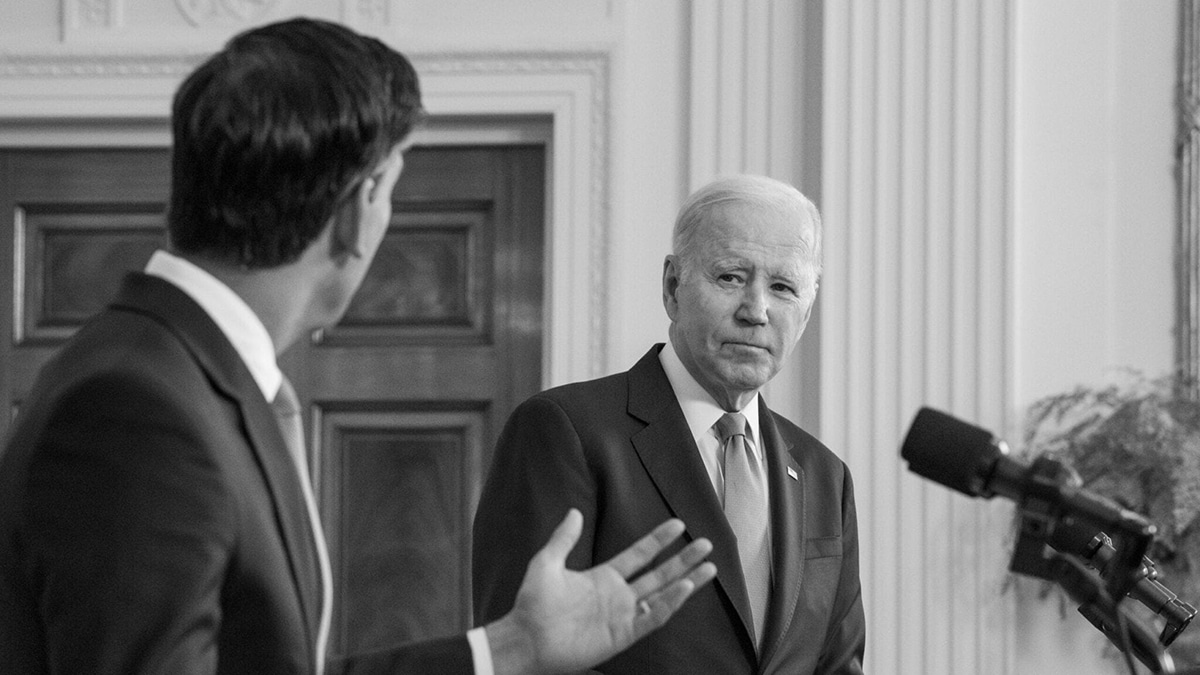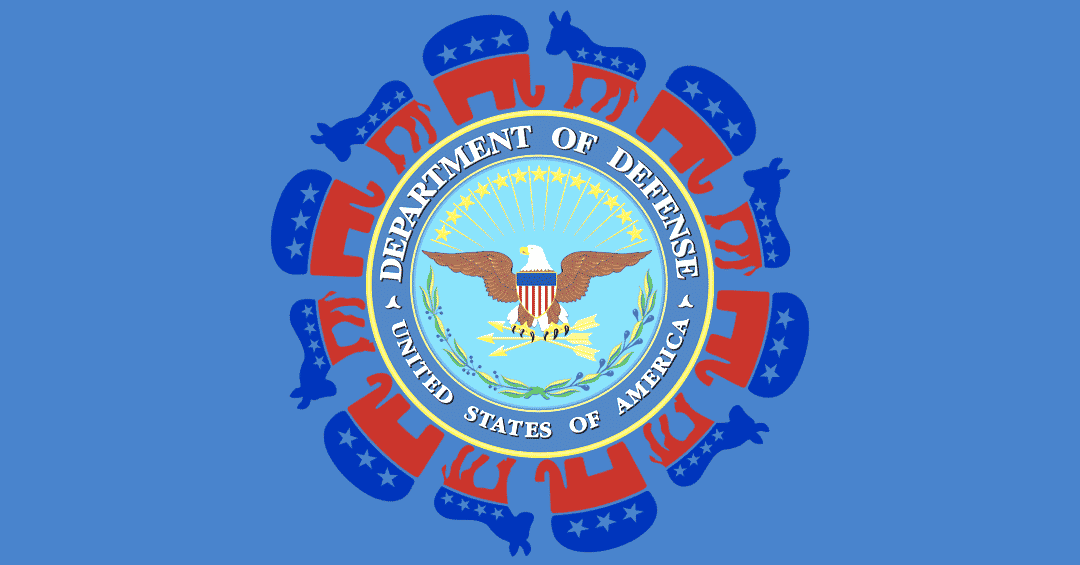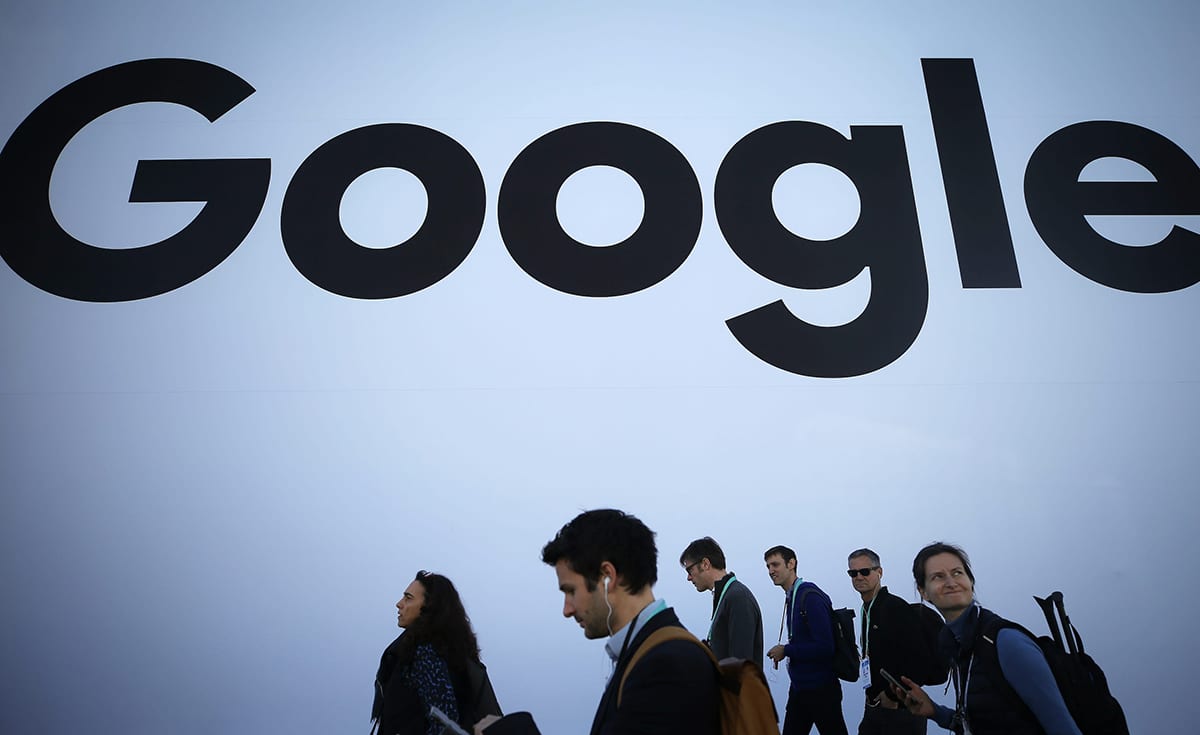

The Censorship Empire Strikes Back
The day after the federal court in Missouri v. Biden granted our request for a preliminary injunction against the government’s censorship regime, law professors Leah Litman and Laurence Tribe published an article in Slate slamming the court’s ruling. Framing the case in entirely partisan terms, Litman and Tribe’s analysis betrayed an inadequate understanding of the First Amendment free speech guarantees and established limits on government power.
The next day, the Biden administration requested a stay against the injunction (which was denied by the district court judge but granted by the 5th Circuit) and appealed injunction ruling to the Fifth Circuit.
As one of the plaintiffs in this case, I can clearly see errors of fact and legal reasoning in Litman and Tribe’s diatribe against the decision. In the opening paragraph, the authors baldly assert, “The impetus behind the case is the now thoroughly debunked conspiracy theory that the government is somehow strong-arming Big Tech into censoring conservative speech and speakers in violation of the First Amendment.” The incantation “thoroughly debunked conspiracy theory” is meant here to function as a hypnotic device, absolving readers from actually examining the reams of evidence we present in the case.
In another unintelligible rhetorical flourish, they assert in the closing paragraph that the court’s ruling is “trying to make the infamous ‘Twitter Files’ into constitutional law.” Anyone who has read the “Twitter Files” reports will have trouble understanding what that sentence even means. The court did not rely on the “Twitter Files” but rather on information in the case unearthed in preliminary discovery. Between these beguiling bookends, Litman and Tribe ignore the evidence and sidestep the relevant legal questions.
The first error Litman and Tribe claim to uncover in the court’s ruling is the issue of whether the plaintiffs — the states of Missouri and Louisiana and the five private plaintiffs, including this author — have standing to bring the case. But the preliminary injunction ruling did not address the question of standing because the court already ruled on this question in its previous response to the government’s motion to dismiss. Any critique of the court’s standing analysis should examine the actual document where the court addressed that question in detail. However, Litman and Tribe do not engage in that analysis.
Echoing the defense, Litman and Tribe seem to believe that government agencies or officials run afoul of the First Amendment free speech guarantees only when they “jawbone” or “force” social media companies to censor specific content. As they frame it, the government was not really telling these companies what to do, but merely acting as a friendly neighborhood government agency: “Hey, Meta and Twitter, you all might want to have a look at these posts and see if they violate your terms of service. And if they don’t, then hey, you might want to change your terms of service so that they do.”
The government’s just trying to be helpful, don’t you see?
The problem with this framing is that it ignores the obvious imbalance of power between the government and private corporations: The boxer’s fists are lethal weapons even if he does not overtly threaten to use them.
The government has, in fact, jawboned, strongarmed, and coerced social media companies, as I described in “The White House Covid Censorship Machine,” which details one example among many we presented to the court: the frankly abusive relationship between White House official Rob Flaherty and a senior executive at Facebook. But even excluding the instances of overt and obvious coercion, prior free speech cases have established several other ways the government’s behavior can constitute state action — the crucial legal line that cannot be crossed without violating the First Amendment. Overt coercion is only one of several ways the government’s efforts to restrict speech can run afoul of the Constitution.
Prior court cases have established that unconstitutional state action includes not just (1) the state’s exercise of “coercive power,” but also (2) when the state “provide[s] such significant encouragement, either overt or covert” to private conduct; (3) when “private actors” operate as “a willful participant in joint activity with the State or its agents”; and (4) when the “formally ‘private’” action “may become so entwined with governmental policies or so impregnated with a governmental character as to become subject to the constitutional limitations placed upon state action.” Furthermore, case precedent has established that specific features of the government’s action may combine to create a compelling case for state action, especially where (5) a federal statute has immunized private conduct.
As we argued in extensive detail in our motion for the preliminary injunction, all these factors are present in the government’s actions: (1) coercion, (2) significant encouragement, (3) joint participation, (4) entwinement, and (5) legal immunity [Section 230 protections] combined with other factors [implicit and explicit threats of removing broad immunity].
Litman and Tribe’s analysis entirely ignores the evidence for the first of these and completely elides the other four forms of state action also clearly present in this case. Contrary to their framing, the issues, in this case, have nothing to do with liberal versus conservative divisions — the private plaintiffs include Democrats, Republicans, and independents. The relevant distinction is not left versus right but legal versus illegal. The only real question is whether federal officials and federal agencies have, or have not, violated the highest law of the land — namely, the United States Constitution.
Examining the evidence we present from limited discovery, even prior to the case going to trial, the court correctly ruled that we are likely to prevail on the merits of our arguments: The government’s systematically repeated behavior was clearly unlawful.
Shortly after we filed this case, almost a year ago, I wrote, “This evidence suggests we are uncovering the most serious, coordinated, and large-scale violation of First Amendment free speech rights by the federal government’s executive branch in U.S. history. Period, full stop. Even wartime propaganda efforts never reached this level of censorship, nor did the government in days past have the power of today’s social media at its disposal.”
In last week’s injunction ruling, the judge arrived at the same conclusion, writing: “If the allegations made by Plaintiffs are true, the present case arguably involves the most massive attack against free speech in United States’ history.”
This is clearly a strong claim, but, as I have previously argued, an entirely accurate one. Before the digital age, prior censorship cases typically involved the government suppressing one publisher, one article or book, or one source. In this case, we have a government-funded, government-coordinated “misinformation” industry responsible for censoring hundreds of thousands of Americans on social media tens of millions of times. The breadth and scope of what has been dubbed the “censorship-industrial complex” is astonishing, and the government is controlling its activities.
Indeed, in the closing remarks of the ruling, Judge Doughty went even further, alluding to the dystopian regime depicted in Orwell’s 1984:
Although this case is still relatively young, and at this stage the Court is only examining it in terms of Plaintiffs’ likelihood of success on the merits, the evidence produced thus far depicts an almost dystopian scenario. During the COVID-19 pandemic, a period perhaps best characterized by widespread doubt and uncertainty, the United States Government seems to have assumed a role similar to an Orwellian “Ministry of Truth.”
Much of what the government censored turned out to be true — the fact that Covid shots do not stop infection or transmission, the collateral harms caused by lockdowns and school closures, the lack of any randomized trial evidence for masking children, the Hunter Biden laptop story, and the Russia-collusion hoax, among other things.
However, government censorship is unconstitutional regardless of whether the information censored turns out, upon critical examination and debate, to be true or false. Government officials cannot arrogate the power to decide for all citizens what is true and what is false — as they are not God, they lack the omniscience to make those judgments. Their desire to assume this role only reveals their arrogant contempt for the intelligence and judgment of ordinary Americans.
Students of history can readily grasp that government censorship is never about the disinterested pursuit of truth — it’s always about accruing and maintaining power, about shielding the regime from criticism and silencing any opposition. After the court issued the injunction, we saw the federal censorship empire immediately strike back. Censorship apologists like Litman and Tribe rushed to the government’s defense, and the government appealed the injunction, claiming “irreparable harm” if their censorship activities are curtailed.
Authoritarian regimes have always justified censorship in terms of protecting people from harm — people who apparently are incapable of discerning what is true and right on their own and without instructions from their rulers. One can ask: Would Tribe be defending the government’s actions had the censorship targeted an issue he cared deeply about, say, affirmative action?
The courts grind slowly, and this case will involve a long road through the federal appellate courts and byzantine procedural issues and arguments. Most observers think Missouri v. Biden will ultimately be decided by the U.S. Supreme Court.
But however long it takes, we will continue to fight this battle until the government’s censorship empire is dismantled and Americans regain their First Amendment right to free speech in the digital public square.




